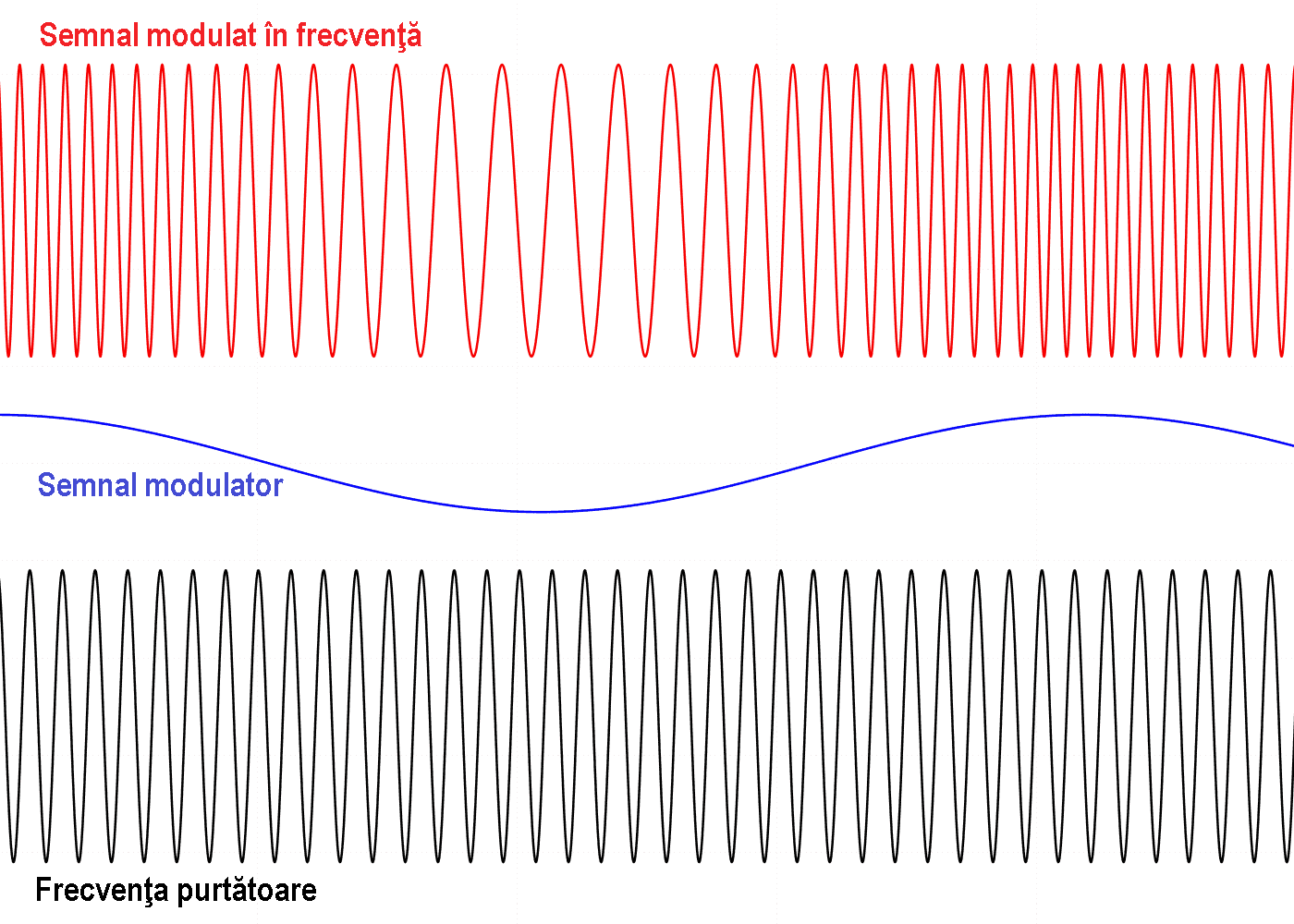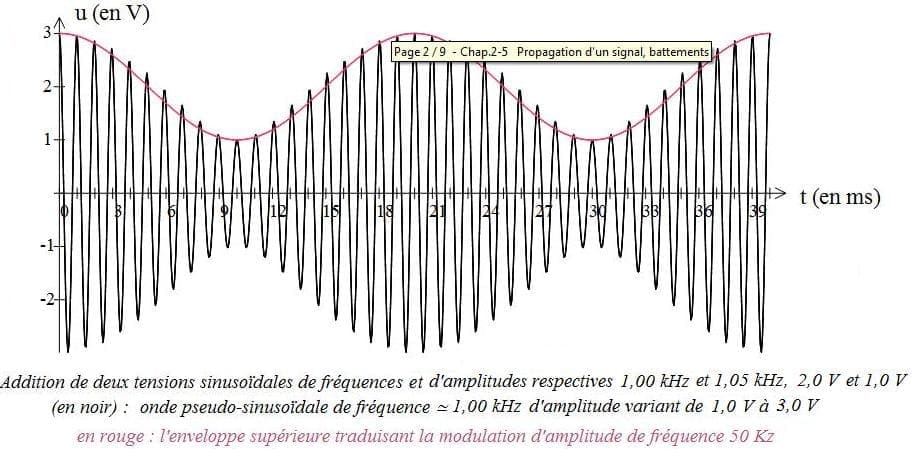Among umpteen inventions, data modulation is one of them and is an excellent one. It means changing the physical properties of data into radio waves.
It is achieved by adding electrical or other signals to the information. Frequency modulation and amplitude modulation are two distinct types of modulation.
Frequency modulation is associated with modifying the frequency and amplitude modulation with the amplitude of the data.
Key Takeaways
- Frequency modulation (FM) encodes information by varying the carrier wave’s frequency, while amplitude modulation (AM) encodes information by varying the carrier wave’s amplitude.
- FM provides higher sound quality and is less susceptible to noise and interference than AM, making it a popular choice for music broadcasting.
- AM is simpler, more cost-effective, and has a longer range than FM, making it suitable for talk radio and long-distance communication.
Frequency Modulation vs Amplitude Modulation
The difference between frequency modulation and amplitude modulation is that frequency modulation means modulation in waves or signals that are occurring due to the change in frequency. On the other hand, amplitude modulation is when the data is affected by a change in amplitude of it. Moreover, frequency modulation is of two kinds. However, one can know three types of amplitude modulation.

An American expert (Edwin Howard Armstrong) is behind the invention of frequency modulation. It came into existence in the early 20th century.
Frequency modulation is also known as FM. It is useful for radio stations to play speech or music on the radio for radio lovers.
There are multiple FM channels where we can listen to different things.
Reginald A. Fessenden was a Canadian American man who discovered amplitude modulation in the 19th century in the 1870s.
It is also used for sending signals through electronic devices (radio). Its short form is AM.
Moreover, it is a cheap modulation for signal transfer and requires very little bandwidth.
Comparison Table
| Parameters of Comparison | Frequency Modulation | Amplitude Modulation |
|---|---|---|
| Definition | The carrier wave’s frequency is modulated, depending on the frequency of the signal. | The carrier wave’s amplitude is modulated, depending on the amplitude of the information signal. |
| Circuit | The circuit of frequency modulation (FM) is a bit complex. | The simple amplitude modulation circuit consists of a microphone, antenna, audio transformer, and crystal oscillator. |
| Radio Reception | The radio reception of frequency modulation is of high quality as compared with amplitude modulation. | The radio reception is weak in the case of amplitude modulation. |
| Power Consumption | The consumption of power is low in the case of frequency modulation. | Since a significant amount of electricity is consumed by carrier signals, the power consumption is high. |
| Bandwidth | The bandwidth must be nearly 200 kilohertz. | The bandwidth must be lower (about 10 kilohertz). |
What is Frequency Modulation?
Frequency modulation is well known among us from the name of FM.
It is one of the modulation techniques in which carrier waves’ frequency varies according to the frequency of the wave-carrying information signal.
This procedure is a bit complex. A carrier wave has a fixed frequency and seems to be a sine wave at first glance.’
The carrier wave is encoded with the information-carrying wave, and the carrier wave’s frequency changes.
In other words, we can say that when information is hidden inside the carrier, the frequency changes.
It can be done with two methods. One is analog frequency modulation, and the other is digital frequency modulation.
This technique has become popular in radio and broadcasting because of having a high signal-to-noise ratio.
It means while delivering audio information, and it will neglect all the disturbances in the signal.
Moreover, it is also used in computing systems and signal processing.
The reason behind this is the power of delivering accurate signals. It is also considered to be an expensive method.
To calculate FM,
The equation is m(t) = Am cos (ωmt + Ɵ)
The m(t) denotes a modulating signal
Am = Amplitude’s modulating signal
ωm= Angular Frequency
Ɵ= Phase
The constants in FM are phase and modulating signal m(t)
The other formula can be
m(t) = Am cos (2π FM(t))
FM(t)= frequency modulated wave
The Modulating Index of FM = Carrier wave’s frequency deviation divided by modulated signal’s frequency. The index value of FM is more than 1.

What is Amplitude Frequency?
Amplitude frequency means modifying the amplitude of the carrier wave according to the amplitude of the information signal.
This technique is also embedded in communication devices. However, it is less accurate and of lower quality.
It is of three kinds ( Double sideband-suppressed carrier modulation, Single Sideband Modulation, and Vestigial Sideband Modulation).
The carrier wave is suppressed between two sidebands in double-sideband-suppressed carrier modulation. So, the carrier wave does not carry information.
So electricity is only for transmitting two sidebands carrying information. It is an effective method to transfer signals up to long distances.
Moreover, single-sideband modulation is also a beneficial amplitude modulation technique for voice transmission.
Since carrier wave is not transmitted, half of the power is used. Only a single sideband is transmitted, so the signal-to-noise ratio is excellent.
As the name implies, vestigial sideband modulation transmits only a portion of the sideband rather than the entire sideband.
It is also a power-saving amplitude modulation technique.
The formula for amplitude modulation is
m(t) = Am cos ωmt
m(t)= modulating signal
Am= modulating signal’s amplitude
Carrier Signal (C (t)= Ac cos ωct)
Ac= carrier signal’s amplitude
ωc= Angular Frequency
The modulating index of amplitude modulation ranges between 0 and 1.
The formula is the division of the modulation signal’s amplitude and the carrier signal’s amplitude.
Modulating Index=Am/ Ac

Main Differences Between Frequency Modulation and Amplitude Modulation
- Frequency modulation is a more accurate and efficient modulating method for a short distance. On the other hand, amplitude modulation is the less accurate modulating method.
- Frequency modulation is an expensive and complicated modulation technique when compared with amplitude modulation.
- Frequency modulation has been known since the year 1930. On the other side, amplitude modulation was introduced before in the 1870s.
- Frequency modulation’s formula is m(t) = Am cos (ωmt + Ɵ). However, in the case of amplitude modulation, it is m(t) = Am cos ωmt.
- FM is a short name for frequency modulation. On the contrary, AM is an acronym for amplitude modulation.
- https://asa.scitation.org/doi/abs/10.1121/1.411967
- https://www.osapublishing.org/abstract.cfm?uri=ao-48-13-2515
